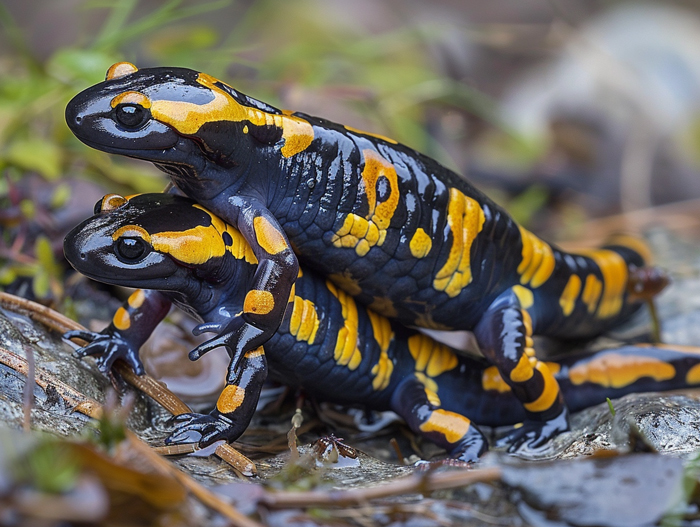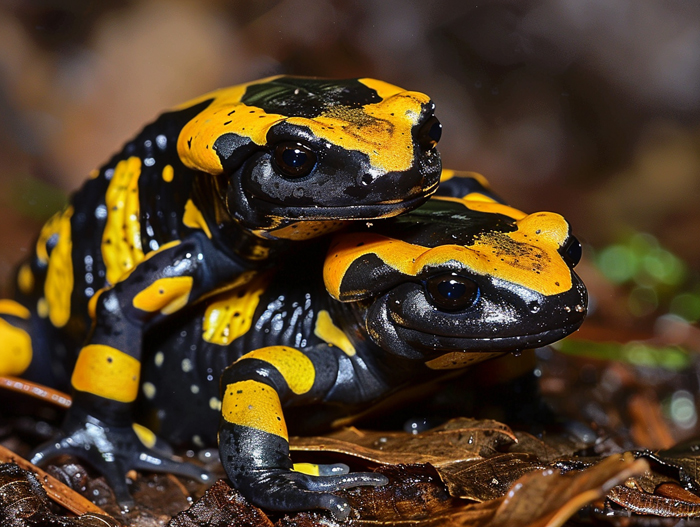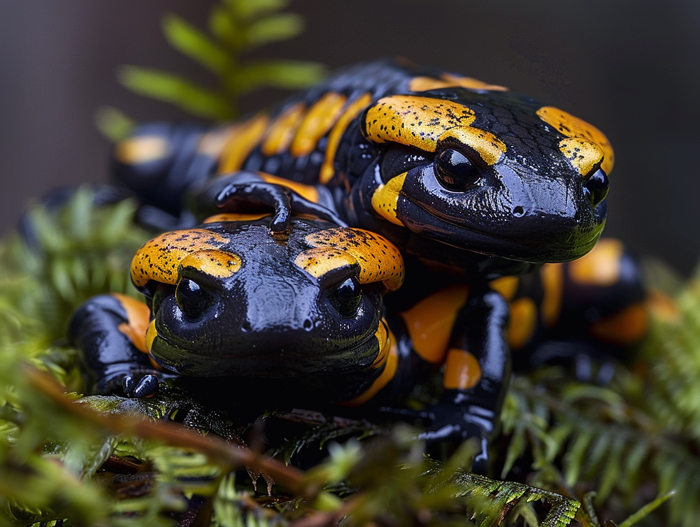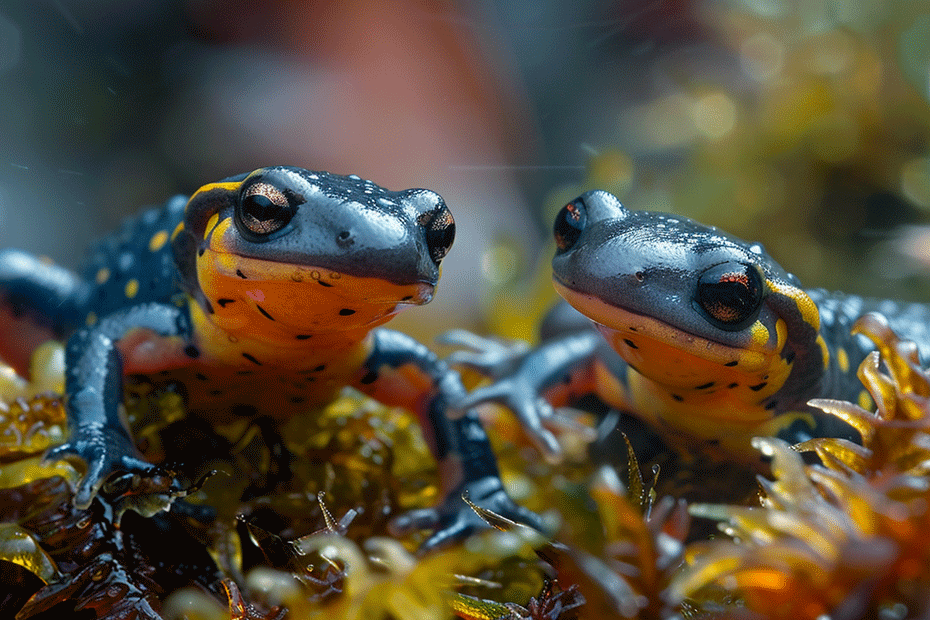Curious about how salamanders reproduce? These fascinating creatures have some unique methods when it comes to reproduction. From courtship rituals to egg-laying techniques, salamanders have developed interesting strategies to ensure the survival of their species. In this text, you’ll jump into the world of salamander reproduction and uncover the secrets behind their fascinating life cycle.
Whether you’re a nature enthusiast or simply intrigued by the wonders of the animal kingdom, understanding how salamanders reproduce can provide valuable insights into the diversity of life on Earth. Join us as we explore the intricate processes that salamanders go through to reproduce and continue their lineage. Get ready to be amazed by the remarkable adaptations and behaviors that these amphibious creatures have evolved to ensure the continuation of their species.
Key Takeaways
- Salamanders utilize elaborate courtship rituals involving dance-like movements, scent trails, and chemical cues to attract mates.
- Internal fertilization is common, with males depositing spermatophores for females to pick up.
- Environmental factors like temperature, humidity, and habitat play a vital role in salamander reproduction and offspring survival.
- Conservation efforts such as habitat preservation, water quality management, climate change mitigation, and invasive species control are crucial for supporting salamander populations and biodiversity.
Reproduction Process of Salamanders

Courtship Behavior
- Salamanders rely on elaborate courtship rituals to attract mates.
- Males often perform dance-like movements or produce scent trails to entice females.
- Chemical cues play a crucial role in signaling readiness for mating.
- Courtship may involve visual displays, vocalizations, or physical interactions.
Egg Fertilization
- Internal fertilization is common among salamanders.
- Males deposit a spermatophore that females pick up with their cloaca for fertilization.
- Fertilized eggs are typically laid in water or moist environments to aid in development.
- Environmental conditions, such as temperature and humidity, influence fertilization success.
- Salamander eggs undergo external fertilization and develop into larvae or directly into juvenile forms.
- Parental care varies among species, from no care to guarded egg deposition.
- Hatchlings often resemble adults and go through metamorphosis to reach adult form.
- Predation and environmental factors play a significant role in offspring survival.
Environmental Factors Affecting Salamander Reproduction

Habitat Requirements
- Salamanders need moist environments for reproduction.
- They typically favor habitats like forests, wetlands, and streams.
- Leaf litter and rocks provide important cover for eggs and juveniles.
- Temperature and precipitation play crucial roles in salamander reproduction.
- Seasonal changes affect breeding behavior and egg development.
- Climate variations can impact the availability of suitable breeding sites.
- Global warming poses a threat to salamander populations due to habitat changes.
Conservation Efforts for Salamander Reproduction

Start by understanding the importance of conserving salamander populations to maintain biodiversity in ecosystems. Here are some key conservation efforts to support salamander reproduction:
Habitat Preservation:
- Protecting critical habitats like forests, wetlands, and streams where salamanders thrive.
- Preserving vegetation cover and minimizing habitat destruction due to human activities.
Water Quality Management:
- Maintaining high water quality in breeding sites to support healthy egg development.
- Implementing measures to prevent pollution and contamination of water bodies.
Climate Change Mitigation:
- Monitoring climate trends and adapting conservation strategies to mitigate the impact of global warming.
- Promoting awareness about how climate change can affect salamander breeding behavior.
Invasive Species Control:
- Managing invasive species that compete for resources with salamanders or pose predation risks.
- Implementing control measures to minimize the impact of invasive species on native salamander populations.
- Educating local communities about the importance of salamanders in the ecosystem.
- Involving the public in citizen science initiatives to monitor salamander populations and habitats.
By actively participating in conservation efforts, you can contribute to the preservation of salamander populations and help ensure the continuation of their crucial role in maintaining ecological balance.
Conclusion
Supporting salamander reproduction is vital for maintaining biodiversity. Conservation efforts focus on preserving habitats, managing water quality, monitoring climate change impacts, and controlling invasive species. Engaging communities in citizen science initiatives plays a crucial role in safeguarding salamander populations and their ecological importance. By taking proactive steps to protect these fascinating creatures, we contribute to the overall health and balance of ecosystems. Stay informed and involved in conservation efforts to ensure a sustainable future for salamanders and the diverse environments they inhabit.

Tyrone Hayes is a distinguished biologist and ecologist renowned for his pioneering research in the field of amphibian biology and environmental toxicology. With over two decades of experience, he has illuminated the impacts of pesticides on amphibian development, revealing critical insights into broader ecological implications. Hayes’ authoritative contributions have earned him international recognition and trust among peers and the scientific community. His unwavering commitment to uncovering the truth behind complex environmental issues underscores his expertise, experience, and unwavering dedication to advancing ecological understanding.
